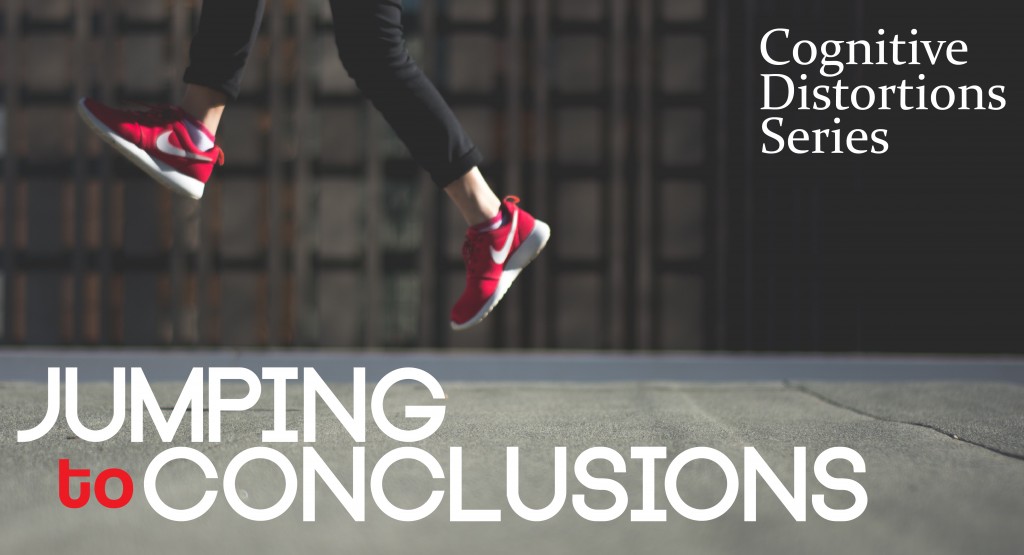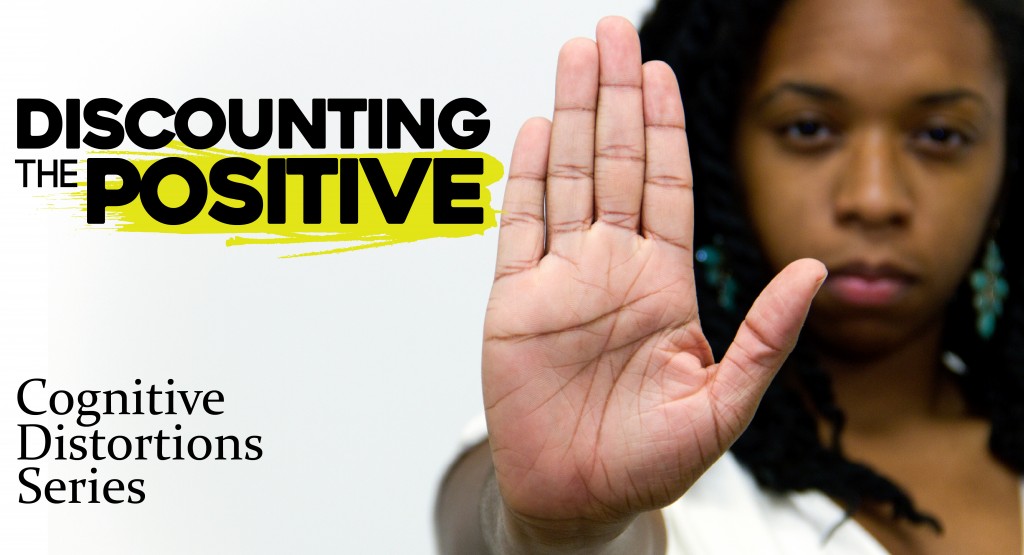
This is my eighth post in the Cognitive Distortions Series. “Cognitive distortions” is another name for beliefs that hold us back and prevent us from living our best lives. The key reality for this series is that our thoughts have profound effects on our perceptions of reality. In order to improve our lives, we must first become aware of our false or negative thoughts and replace them with positive ones.
Should and shouldn’t statements are when we tell ourselves that things should be the way we have come to expect or that things shouldn’t be the way they are. We should or shouldn’t ourselves constantly but we rarely consider the damage it may be causing. These should statements about ourselves usually lead to guilt or frustration while should statements about others often lead to anger and frustration. So, why do we do it?
We might try to motivate ourselves to do something by saying, “I should be doing this or that,” or, “I shouldn’t be doing this or that.” If you think about it, this actually gives your power away. You are capable of making choices and decisions regardless of what you should or shouldn’t do. (Also, who decides what you should or shouldn’t do anyway?) The trouble with this is that we often get the opposite outcome. Instead of motivation we get procrastination.
I’m going to tell you a bit of an embarrassing story. I have been should-ing myself for over two weeks about writing this blog post. I can’t tell you how many times I thought, “I really should write a blog post. I should have written several blog posts before my holiday in England and then I wouldn’t be in this position.” My wonderful assistant, Austin, has been gracious, but he has a tough job. He has to remind me to submit a post according to the schedule we have made. Even then, I sometimes don’t, like this last week when I was away. In this case, my shoulds not only failed to motivate me to write the post, they caused avoidance so that I wouldn’t have to feel the guilt. I procrastinated!
If you have a bit of a rebellious spirit, should-ing yourself can call up that rebelliousness and then you won’t do it just because of the should-ing. How crazy is that? You are only rebelling against yourself! The moral to this story is that even though we all do it, should-ing ourselves just doesn’t work. It creates a host of problems. You would be better off just deciding to either do the task or not. Either way, it’s your choice. I would have been better off (and Austin would have been appreciative) if I had just said, “I’m not going to write a blog post while I’m away.” See how easy that was? It really is just that simple.
Let’s talk for a minute about shoulds that are directed towards others. Since moving into my house that we built a little over a year ago there have been many shoulds directed towards our builder and his subcontractors. The painters should have done a better job. The floor people should have used a different sealer. The people who bricked our house should have been more careful with the mortar. The carpenters should have been more careful when staining our cabinets. The granite people…well, we really couldn’t find any problems with their work! You get the picture.
Let’s analyze this for a minute. Do you think that all of this should-ing made me feel better? Nope! Not even a little bit. Did it get anything repaired or replaced? Nope again, not a single thing. What it did do is make me bitter. I allowed—did you hear that? I’ll repeat it.—I allowed myself to become bitter and have my joy in my new home stolen. Just in case you missed it, I’ll say it again. I allowed my joy to be stolen. I allowed myself to become bitter. My builder didn’t do those things; I did! That’s the problem with should-ing other people. It doesn’t accomplish anything positive whatsoever. It just makes us unhappy with our circumstances!
So, since this is something that we all engage in fairly often, we would be well advised to come up with a strategy to stop this unproductive self- talk.
While you are developing your personal strategy, you might want to take some of these steps and ask yourself some of these questions:
- Try to catch yourself when you say should or shouldn’t.
- Ask, “Says who?” (as in who is setting the standard of what should or shouldn’t happen)
- Ask, “Is this true? Is there anything that is more true?”
- Ask yourself if you feel better or worse by should-ing yourself or others.
- What would happen if you didn’t? What if you just let things be as they are with no shoulds or shoudn’ts?
- Reframe. Instead of saying, “I should be writing that blog post for next week,” say “I’m going to take a break this week because I’m on holiday.” Make note of which of these statements makes you feel in control.
- Have some compassion! We need more compassion in our lives. Allow yourself some compassion for not doing what you should have done. Allow yourself to feel compassion for others when they don’t live up to what they should have done. Most of the time our shoulds are not related to anything life threatening! Put it in perspective.
- Keep a record of when you do the things above and ask yourself how your outlook on life has changed. It helps to see that what we are doing is working.
If you want some company on your journey, ask a friend or give me a call. I help people change their thoughts and, therefore, their lives every day! I’d love to help you.











